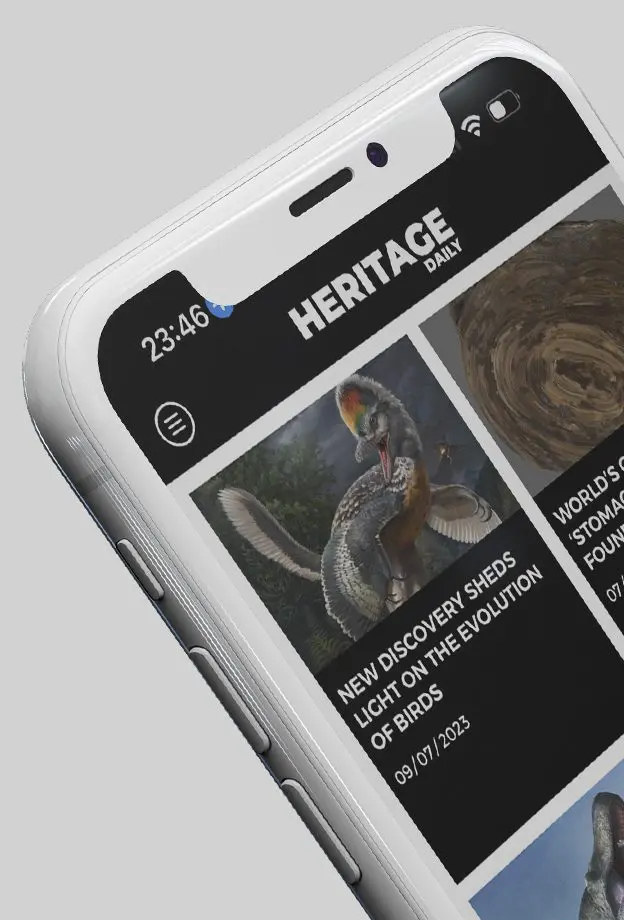Our Company
HeritageDaily LTD - Suite/Unit 40 17 Holywell Hill, St Albans, Herts, United Kingdom, AL1 1DT
Latest News
Underwater study reveals exceptionally well-preserved Roman shipwreck
A multi-national team of underwater archaeologists have been unearthing an exceptionally well-preserved Roman shipwreck in Barbir Bay near Sukošan, Coatia.
Neo-Assyrian winged bull could be largest ever found
Archaeologists have unearthed the remains of what could be the largest known Neo-Assyrian lamassu – a protective deity depicting a winged bull with a human head.
Mollusc shells are unlocking the secrets of Ancient Egypt’s Saqqara necropolis
Mollusc shells unearthed during excavations at the Saqqara necropolis are offering new insights into the customs and daily life of the region’s ancient inhabitants.
5,000-year-old Dolmen complex discovered in Teba
Archaeologists from the University of Cádiz have discovered a monumental dolmen complex dating back more than 5,000-years-ago in the Spanish town of Teba in Malaga.
Archaeologists search for missing WWII Pilot at P-47 crash site in Essex
A six-week recovery project is underway in North Essex to investigate the crash site of a US Army Air Forces P-47 Thunderbolt that went down during World War II.
Popular News
The mystery of Tutankhamun’s meteoric iron dagger
In 1922, Egyptian excavators led by Howard Carter discovered the tomb of Tutankhamun, an Egyptian pharaoh who was the last of his royal family to rule during the end of the 18th Dynasty.
Legio V Macedonica – The Last Roman Legion
Throughout the history of the Roman Empire, countless legions were raised and disbanded, but one legion endured the entirety, remaining in service to the Roman Empire and the Byzantine Empire, and marching on into the Middle Ages - The Legio V Macedonica.
Atlantis – The story behind the legend
Atlantis has become a taboo subject in many scholarly circles, often branded in pseudo-science and invented interpretations from Plato’s dialogues.
The Immortal Armour of China’s Jade Burial Suits
The Jade burial suits are hand-crafted jade suits from the Han Dynasty of China, used for the ceremonial burials of China’s elite and members of the ruling class.
The Pleasure Villa of Emperor Tiberius
The Villa of Tiberius is a Roman villa complex in the present-day town of Sperlonga, located on the western coast of Italy in the province of Latina.
© 2024 - HERITAGEDAILY LTD

